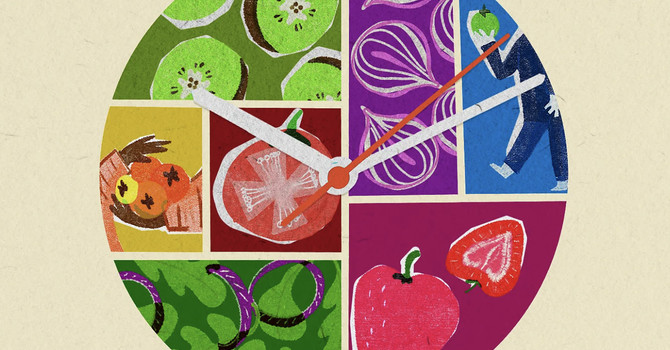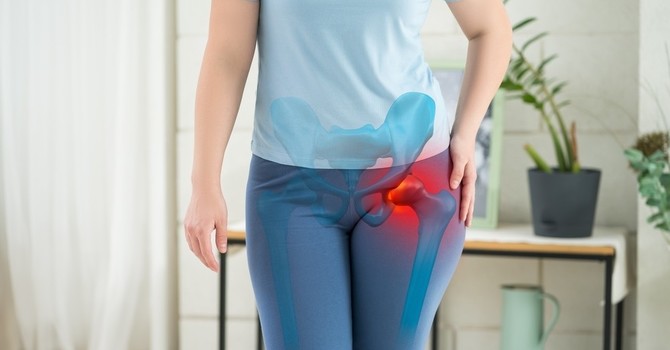
1. You’re going to be taller in the morning. Measure yourself in the morning, then again at night. You’re going to be taller in the morning because of how the cartilage in your bones compress during the day.
2. Your body has more than 600 muscles
3. Your strongest muscle is located in your jaw, known as the masseter muscle. Feel the side of your cheek and clench your teeth. You can feel the masseter pop out.
4. The stapedius muscle, located in the middle of your ear, is your weakest muscle.
5. Your strongest and longest bone is your femur
6. The smallest bone is the stapes, located in the ear.
7. One quarter of your body’s bones are located in your feet.
8. An eyelash lives for about 150 days before it falls out.
9. Goose bumps evolved to make our ancestors’ hair stand up, making them appear more threatening to predators. Now they tell us when we’re cold or scared.
10. The diaphragm, which is a thin membrane under the lungs, sometimes twitches, causing a sudden intake of air, which is interrupted by throat closing. This is what we call hiccups.
11. Infants are born with approximately 300 bones, but as they grow, some of these bones fuse together. By the time they reach adulthood, they only have 206 bones.
12. Pound for pound, your bones are stronger than steel. A block of bone the size of a matchbox can support up to 18,000 pounds of weight
13. The satisfying sound of cracking your knuckles comes from gas bubbles bursting in your joints.
14. The word “muscle” comes from Latin term meaning “little mouse“, which is what Ancient Romans thought flexed bicep muscles resembled
15. For an adult human, taking just one step uses up to 200 muscles.
16. A human sneeze can travel about 100 mph or more.
17. The space between the eyebrows is called the "glabella," which is derived from the Latin word glabellus, meaning smooth.
18. There are no muscles in your fingers. The tendons in our fingers are moved by the muscles of the forearm.
19. Arteries carry blood away from the heart and veins bring blood back to the heart.
20. Blood in arteries is bright red and blood in veins is dark red. A human's blood is not blue.
References
www.osgpc.com
www.indianexpress.com
www.factretriever.com
www.natgeokids.com





